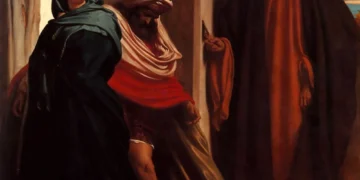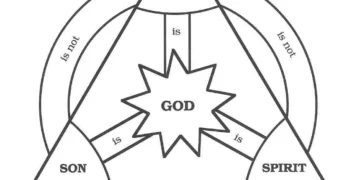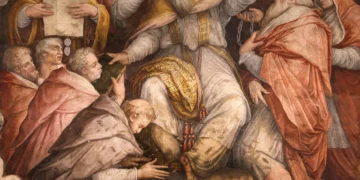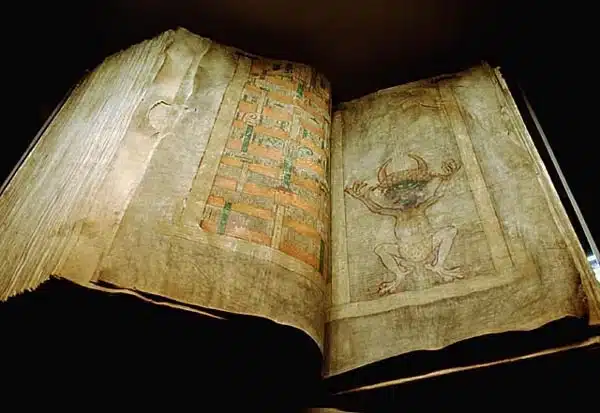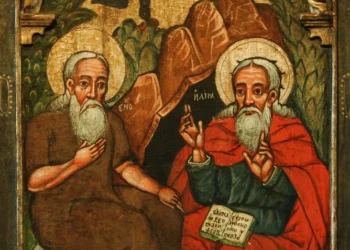The Codex Gigas, also known as the Devil’s Bible, is an extraordinary historical artifact that has captured the intrigue and fascination of scholars and laypeople alike. This ancient manuscript is a unique blend of religious texts, illustrations, and mysterious legends that have made it one of the most well-known and debated documents in the world.
The Codex Gigas is a handwritten book that dates back to the 13th century, and its origin has been traced to Bohemia, in what is now the Czech Republic. It is believed to have been created in a Benedictine monastery, possibly by a single monk known as Herman the Recluse. The manuscript is an impressive 36 inches tall, 20 inches wide, and weighs around 165 pounds. Its size alone is a testament to the dedication and craftmanship of its creator.
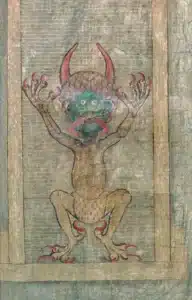
The Codex Gigas is named the Devil’s Bible due to the depiction of a devil on one of its pages, and the tale of its creation has only added to its mysterious reputation. According to legend, the monk Herman was sentenced to be walled up alive for breaking his monastic vows. In a last-ditch effort to save himself, he promised to create a book that contained all human knowledge in a single night. This was an impossible task, and as midnight approached, Herman prayed to the Devil for help. In return, he promised to include a large illustration of the Devil in the book. Through some supernatural intervention, Herman was able to fulfill his pledge, and the Codex Gigas was born.
While this legend adds an air of mystery and intrigue to the Codex Gigas, the truth behind its creation is less supernatural. It is likely that the book was the work of multiple scribes over a period of several decades, rather than a single monk completing it in one night. The devil illustration could also be the result of a transcription error, with the intended image being a monk in penance rather than the devil.
The Codex Gigas is significant not only for its legend and size but also for its contents. It contains a complete Latin version of the Bible, along with several other religious texts and a collection of ancient medical and historical writings. It also includes a remarkable illustration of the Heavenly City, a diagram of the human body, and vivid depictions of hell and the devil, which are believed to serve as moral warnings to readers.
While the Codex Gigas is a fascinating document, its most remarkable feature is its devil illustration, which has led to much speculation and debate. Some believe that it is merely a representation of evil, while others see it as an acknowledgment of the power of the Devil and his influence on humanity. This unique manuscript has been studied and analyzed by scholars, and its contents have provided valuable insights into the culture and beliefs of medieval Europe.
In conclusion, the Codex Gigas, or the Devil’s Bible, is a significant historical artifact that continues to intrigue people centuries after its creation. While its legend adds to its mystique, it is the combination of its size, content, and unique devil illustration that makes it truly one of a kind. For those interested in history, religion, and the supernatural, the Codex Gigas is a must-see document that provides a fascinating glimpse into the medieval world.

